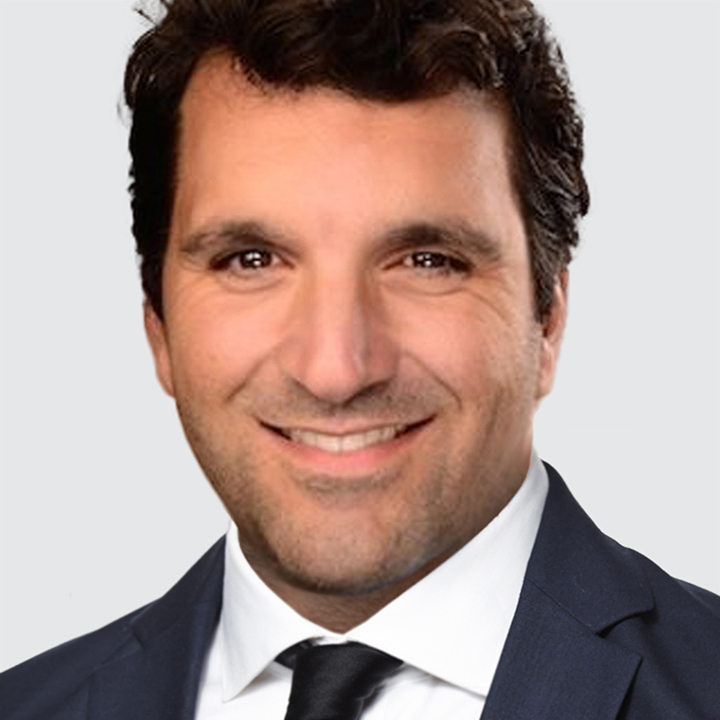Staying the Course
US
USD retraced most of Monday’s big gains as easing US inflation in April lowers the bar for the Fed to cut rates again. However, the US CPI data has yet to capture the looming inflation risks from higher tariffs. The US average effective tariff rate is estimated to have increased from roughly 2% to 18% as of May 12, the highest since 1934. And, a Dallas Fed survey of Texas business executives found that 55% of respondents expect to pass through most or all of the costs from higher tariffs to customers.
As such, the Fed is unlikely to shift away anytime soon from its no hurry to resume easing script. The Fed’s cautions guidance offers USD some near-term support. Nonetheless, the fundamental backdrop remains difficult for USD for three reasons: (i) the Trump administration implicitly supports a weaker dollar, (ii) the US economy faces stagflation risk, and (iii) US policy credibility has been undermined by the trade war.
Fed speakers today: Governor Christopher Waller (10:15am London), Vice Chair Philip Jefferson (2:10pm London), San Francisco Fed President Mary Daly (non-voter) (10:40pm London), and Chicago Fed President Austan Goolsbee (FOMC voter).
SWEDEN
SEK is trading in a tight range versus USD and EUR. SEK will likely ignore the Riksbank’s minutes from the May 8 policy meeting (8:30am London). At that meeting, the Riksbank kept rates steady at 2.25%, as expected. However, it was a dovish hold as the bank warned that more easing may be in the pipeline after signaling in March that it was done easing. Specifically, the Riksbank stressed that “it is somewhat more probable that inflation will be lower than that it will be higher than in the March forecast. This could suggest a slight easing of monetary policy going forward.” The swaps market is pricing in 25bps of easing over the next 12 months.
AUSTRALIA
AUD/USD is consolidating just above its 200-day moving average at 0.6456. Australia wage growth was firmer than anticipated in Q1. The Wage Price Index (WPI) rose 0.9% q/q (consensus: 0.8%) vs. 0.7% in Q4. Annually, WPI unexpectedly increased 3.4% (consensus: 3.2%) vs. 3.2% in Q4 driven by higher public sector wage growth. Public sector wage growth rose 3.6% y/y vs. 2.9% in Q4 reflecting new state-based enterprise agreements. Private sector wage growth printed at 3.3% y/y in Q1, same as in Q4. RBA cash rate futures continue to fully price-in a 25bps cut to 3.85% at the May 20 RBA policy meeting.

